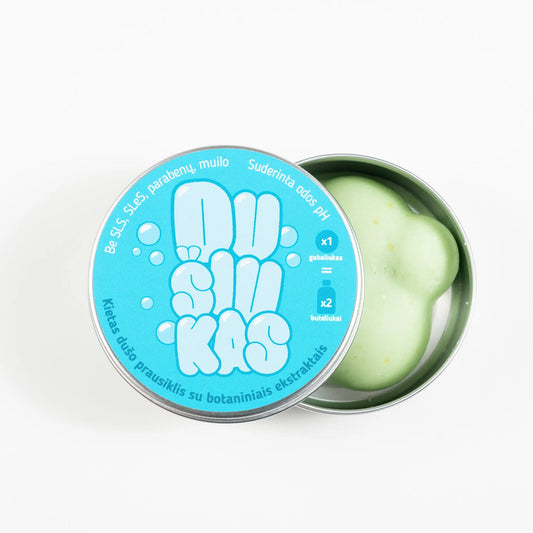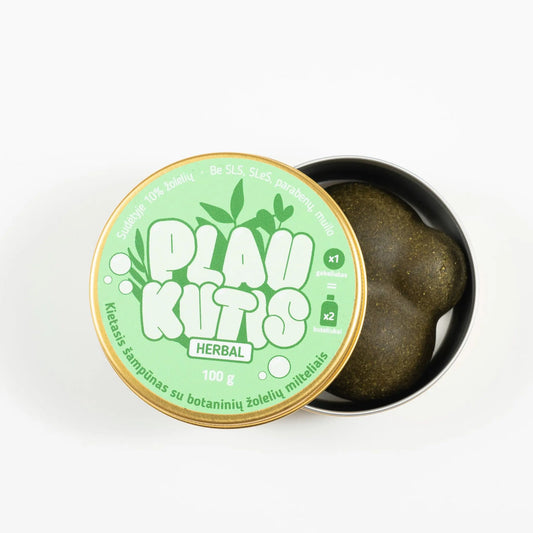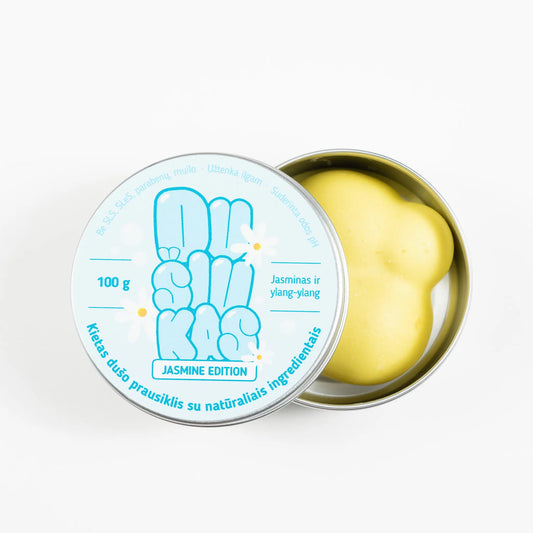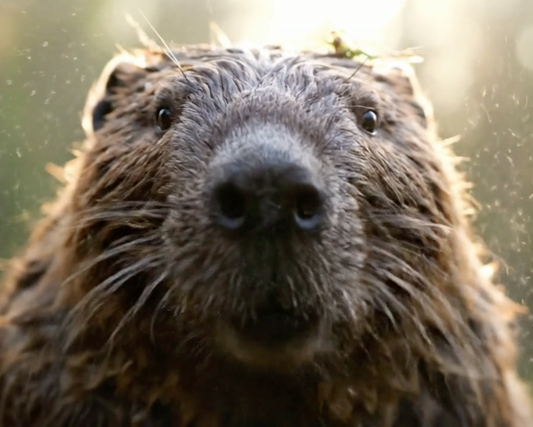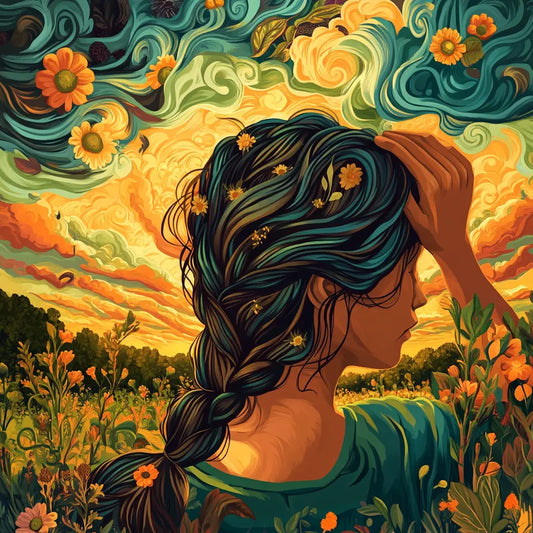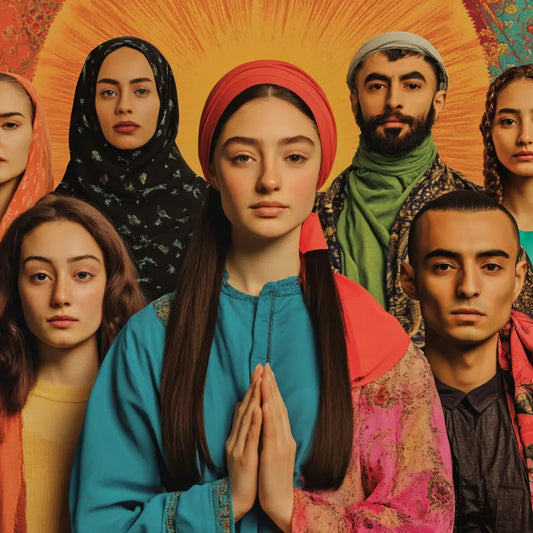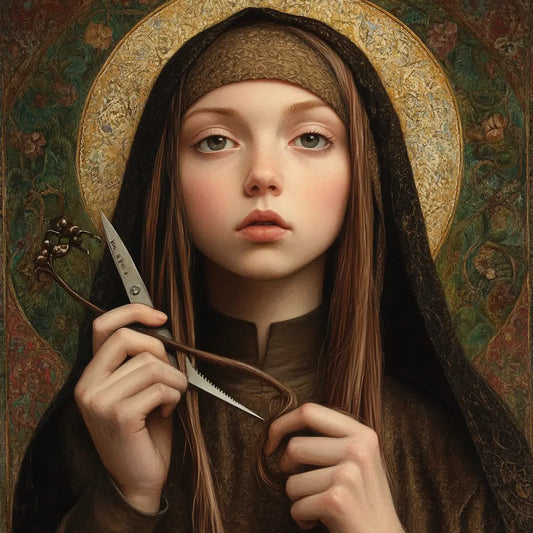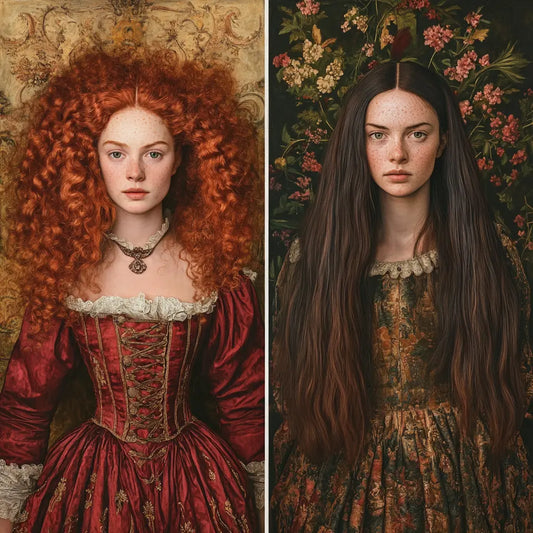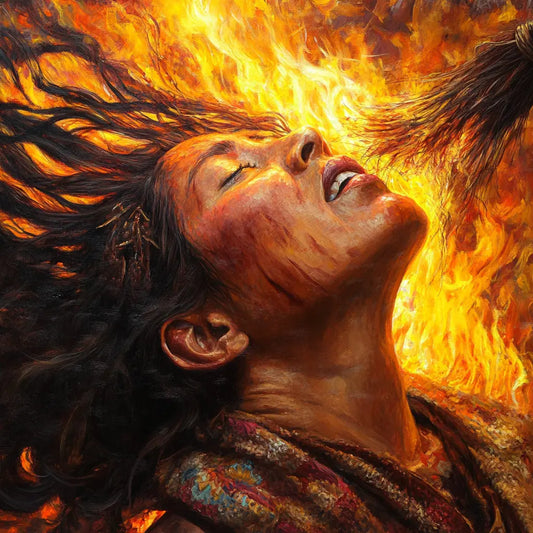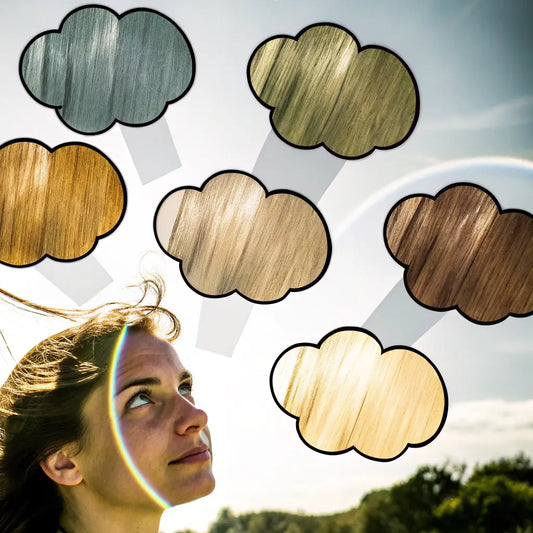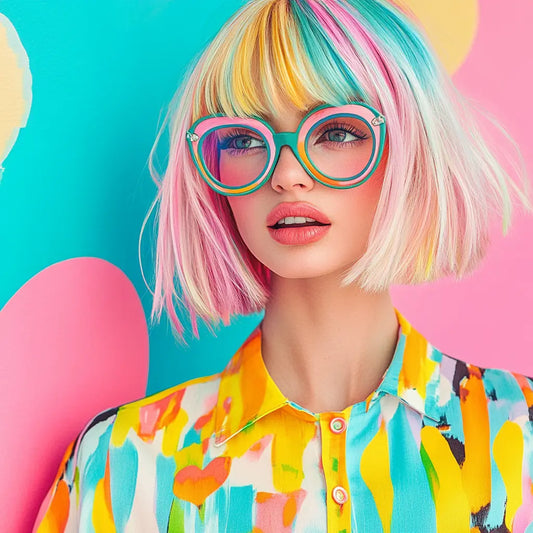Hair is more than just a physical feature; it has deep cultural, political, and spiritual meaning. Throughout history and across societies, hair has symbolized power, identity, and social status. From the elaborate hairstyles of ancient civilizations to the rebellious styles of today, hair has reflected values, beliefs, and trends. As we explore the cultural significance of hair throughout the ages, we uncover fascinating, lesser-known facts, figures, and studies that reveal the important place hair has held in human history and the role it plays in shaping society today.

Hair in cultural history
Throughout human history, hair has been an important symbol of cultural identity. Different societies have used hairstyles to display wealth, rank, or even moral standing. In this section, we will discuss how hair has served as a symbol throughout history, highlighting important changes and trends.
Fun fact: Did you know that humans have about 100,000-150,000 hair follicles on their heads? Hair grows at an average rate of 1.25 cm per month, which means that on average, hair grows about 15 cm per year. This makes hair a constantly renewing part of our identity.
Ancient Civilizations: Hair as a Social and Spiritual Sign
In ancient civilizations such as Egypt, Greece, and Rome, hair was an important symbol of social status, power, and spiritual significance. People in these societies used hairstyles as a clear sign of their class and role in society.
Egypt: Hair as a Symbol of Status and Spirit
In ancient Egypt, elaborate hairstyles and wigs were a major sign of wealth and social status. Wigs were made from human hair or plant fibers, and the more elaborate and expensive the wig, the higher the person's status. Pharaohs, such as Ramses II , were depicted wearing magnificent wigs as part of their kingship. In contrast, priests often shaved their heads, symbolizing cleanliness and spiritual purity. Hair, or the lack thereof, was an important part of religious ritual.

- Fact: Ancient Egyptians sometimes wore scented cones on their wigs, made from animal fat, which melted over the course of the day, releasing a scent and protecting the hair from the sun.
Research: A study published in the Journal of Archaeological Science revealed that chemical analysis of the hair of Egyptian mummies showed that beeswax and resin were found in them, indicating that hair care was highly developed even in ancient times.
Greece: Hair as a Sign of Power and Wisdom
In ancient Greece, hair symbolized power and intelligence. Men usually wore their hair short to show their masculinity and readiness for war, while women's long hair was a symbol of beauty and status. Women's hair was often intricately braided and decorated with ribbons or gold to show their wealth and femininity. Meanwhile, Spartan warriors grew their hair long as a sign of strength. Long hair was considered a frightening symbol to enemies and showed their power.

- Fun fact: In ancient Greece, it was common for slaves to shave their heads to show their submissiveness and low status. In contrast, free men grew beards and kept their hair short to show their independence.
Number: The average hair length of a Greek soldier could reach up to 30 cm , which was enough to become an important part of his identity in battle.
Rome: Hair and Political Power
In the Roman Empire, hairstyles often reflected a person's political affiliation or social status. Women from wealthy families wore elaborate hairstyles with intricate curls and braids, often helped to create them by personal hairdressers called ornatrixes . Men, especially in later times, usually kept their hair short as a sign of their citizenship and discipline. Hair coloring was also popular among Roman women, especially blond and red hair , whose fashion trends were shaped by Germanic and Celtic slaves.

- Fact: The Roman Emperor Augustus was famous for his neatly styled hairstyle, which became part of his image of discipline and leadership. His statues and coins often depicted impeccably groomed hair, which emphasized his authority.
Number: The Romans popularized lead-based hair dyes , which were so toxic that prolonged use caused lead poisoning. Studies have shown that long-term use of these dyes posed significant health risks and may have contributed to the early deaths of many of the Roman elite.
Medieval and Renaissance Hair Trends
As we moved into the Middle Ages and Renaissance, hair continued to be deeply symbolic. It reflected religious devotion, social status, and sometimes even political affiliation.

The Middle Ages: Hair and Religious Piety
During the Middle Ages, hair was often associated with piety and modesty, especially for women. Long hair was considered a sign of beauty and purity, but women were encouraged to hide it under headscarves or hoods as a sign of religious devotion. Nuns shaved their heads or cut their hair short to show their renunciation of worldly pleasures and beauty. For men, short hair was also a sign of religious devotion, especially for clergy.

- Fun fact: One of the most popular hairstyles in the Middle Ages was the tonsure , when monks shaved the top of their heads, leaving a ring of hair symbolizing Christ's crown of thorns.
Research: A study by Cambridge Medieval Texts has shown that the tonsure not only symbolized religious devotion, but was also used to distinguish monks from laypeople, emphasizing their spiritual authority.

Renaissance: Hair as an Expression of Beauty and Wealth
The Renaissance period in Europe saw a resurgence of art and beauty, and this was reflected in hairstyles. Women wore their hair long, often bleaching it with saffron , lemon juice , or sunlight to achieve the desired golden hue. Blonde hair was considered the height of beauty and youth, and women would spend hours creating elaborate hairstyles to show off their status. The Florentine veil —a silk or lace covering—allowed women to show off their long hair while still adhering to social norms of modesty.
- Interesting fact: Renaissance women sometimes used a mixture of lead and vinegar to lighten their hair, but this mixture eventually damaged the hair structure and could cause poisoning.
Number: Renaissance beauty standards required women's hair to be at least 24 inches (60 cm) long to be considered elegant. This was often achieved by using natural hair accessories.
Modern cultural movements and hair
In the early 20th century, hair became a powerful tool for self-expression, rebellion, and identity. Movements such as feminism, Black Pride, and countercultural movements saw hair become a means of political statement.
Feminist movement: hair as a statement of freedom
In the early 20th century, the flapper movement challenged traditional ideas of femininity by introducing short, sleek bob hairstyles. These haircuts were revolutionary because they denied the association of long hair with femininity. This trend continued during the second wave of feminism in the 1960s and 1970s, when women again challenged beauty standards by letting their hair grow naturally. Women no longer needed to chemically straighten it – curls, waves and afros became symbols of natural beauty and freedom.

- Fact: In the 1920s, the bob haircut was so controversial that some women couldn't get into certain places because of their short hairstyle.
Number: By 1925, about 50% of American women had adopted the bob haircut, which became one of the most important fashion statements of the decade.
The Black Pride Movement: Accepting Natural Hair
In the 1960s and 1970s, the Black Pride movement encouraged African Americans to embrace their natural hair, defying long-held European standards of beauty. The Afro became a powerful symbol of pride and identity. Figures such as Angela Davis and members of the Black Panther Party were proud of their natural hair, turning the Afro into a political statement against racism and oppression.

- Fact: The Afro comb with a raised fist on the handle became a symbol of the Black Power movement, representing pride and resistance.
Study: A 2016 study published in Race and Social Problems found that black women who wear natural hairstyles often face discrimination in the workplace, highlighting that natural hair remains a political issue to this day.
Countercultural and hippie movements: long hair as rebellion
Hippies in the 1960s used long, natural hair as a symbol of rebellion against traditional society. Long hair for both men and women became a way to reject traditional roles and express ideals of peace, freedom, and love. The movement also embraced natural hair textures, defying rigid standards of beauty.

- Fact: By the late 1960s, nearly 30% of young men in the United States had adopted long hair as part of their identity, countering the short military haircuts that prevailed after World War II.
Number: Long hair wasn't just a fashion trend in the hippie movement; for many, it was a political statement. Surveys in the 1960s showed that young men who grew long hair were twice as likely to participate in anti-establishment activities, such as protests or activism, as those who had short hair.
Myth busting and interesting facts
Let's take a look at some myths and interesting facts about hair:
- Myth: Baldness is just a result of aging.
Fact: Genetics play a significant role in hair loss. Studies show that up to 80% of men and 50% of women will experience significant hair loss due to genetic factors, often starting as early as their 20s and 30s. - Fact: In ancient China, long hair symbolized respect for one's ancestors. Cutting one's hair was considered an insult to one's ancestors, as it was believed that hair was a gift from one's parents.
- Fact: Hair jewelry was a popular fashion during the Victorian era. People would make bracelets, necklaces, and rings from their loved ones' hair as a memento, especially after their death.
- Myth: Frequent hair cuts promote hair growth.
Fact: Hair growth is determined by genetics and nutrition, not by haircuts. However, regular haircuts help prevent hair from splitting, making it look healthier. - Fact: The ancient Romans invented the first hot curling tongs, called calamistrum , which was heated over fire to create curls.
Practical tips for healthy hair
Healthy hair has always been a desirable trait, regardless of the era. Here are some simple tips to maintain strong and shiny hair:
- Avoid excessive heat: Heat can weaken your hair and cause breakage. Try to use hot styling tools sparingly and always use heat protection.
- Moisturize: Use natural oils, such as coconut or argan oil , to keep your hair moisturized and shiny.
- Get a regular trim: Trimming your hair every 6-8 weeks will help prevent split ends and maintain a healthy appearance.
- Healthy diet: Foods rich in vitamin E , biotin , and omega-3 fatty acids — such as eggs, avocados, and fish — promote hair growth and health.
- Take care of your scalp: A healthy scalp is the key to healthy hair. Massage your scalp for a few minutes daily to improve blood circulation.
Frequently asked questions
1. How often should I wash my hair?
It depends on your hair type. Generally, washing your hair every 2-3 days is ideal so as not to strip away the natural oils from your scalp.
2. Can stress cause hair loss?
Yes, stress can cause telogen effluvium , a condition in which hair follicles enter the resting phase prematurely, causing more hair loss.
3. Does a haircut promote hair growth?
No, but regular haircuts can make your hair healthier by eliminating split ends.
4. What foods are best for healthy hair?
Foods like spinach , eggs , and salmon are rich in vitamins and minerals that promote strong, healthy hair.
5. How to protect hair from damage?
Avoid excessive heat, use a heat protectant , and deep condition your hair regularly to keep it strong.

Conclusion
Throughout history, hair has been much more than just a physical feature. It has served as a sign of social status, political rebellion, and personal identity. Whether used to symbolize power in ancient Egypt, religious devotion in medieval Europe, or cultural pride in modern times, hair remains an important symbol that reflects who we are. Understanding the cultural significance of hair throughout the ages gives us a deeper insight into how it continues to shape our perceptions today.

